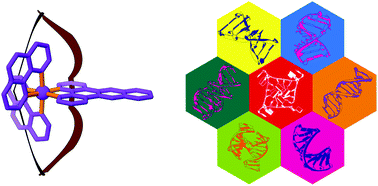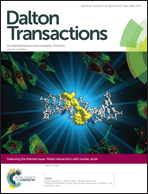Metal complex interactions with DNA
Abstract
Increasing numbers of DNA structures are being revealed using biophysical, spectroscopic and genomic methods. The diversity of transition metal complexes is also growing, as the unique contributions that transition metals bring to the overall structure of metal complexes depend on the various coordination numbers, geometries, physiologically relevant redox potentials, as well as kinetic and thermodynamic characteristics. The vast range of ligands that can be utilised must also be considered. Given this diversity, a variety of biological interactions is not unexpected. Specifically, interactions with negatively-charged DNA can arise due to covalent/coordinate or subtle non-coordinate interactions such as electrostatic attraction, groove binding and intercalation as well as combinations of all of these modes. The potential of metal complexes as therapeutic agents is but one aspect of their utility. Complexes, both new and old, are currently being utilised in conjunction with spectroscopic and biological techniques to probe the interactions of DNA and its many structural forms. Here we present a review of metal complex-DNA interactions in which several binding modes and DNA structural forms are explored.

- This article is part of the themed collection: Metal Interactions with Nucleic Acids

 Please wait while we load your content...
Please wait while we load your content...